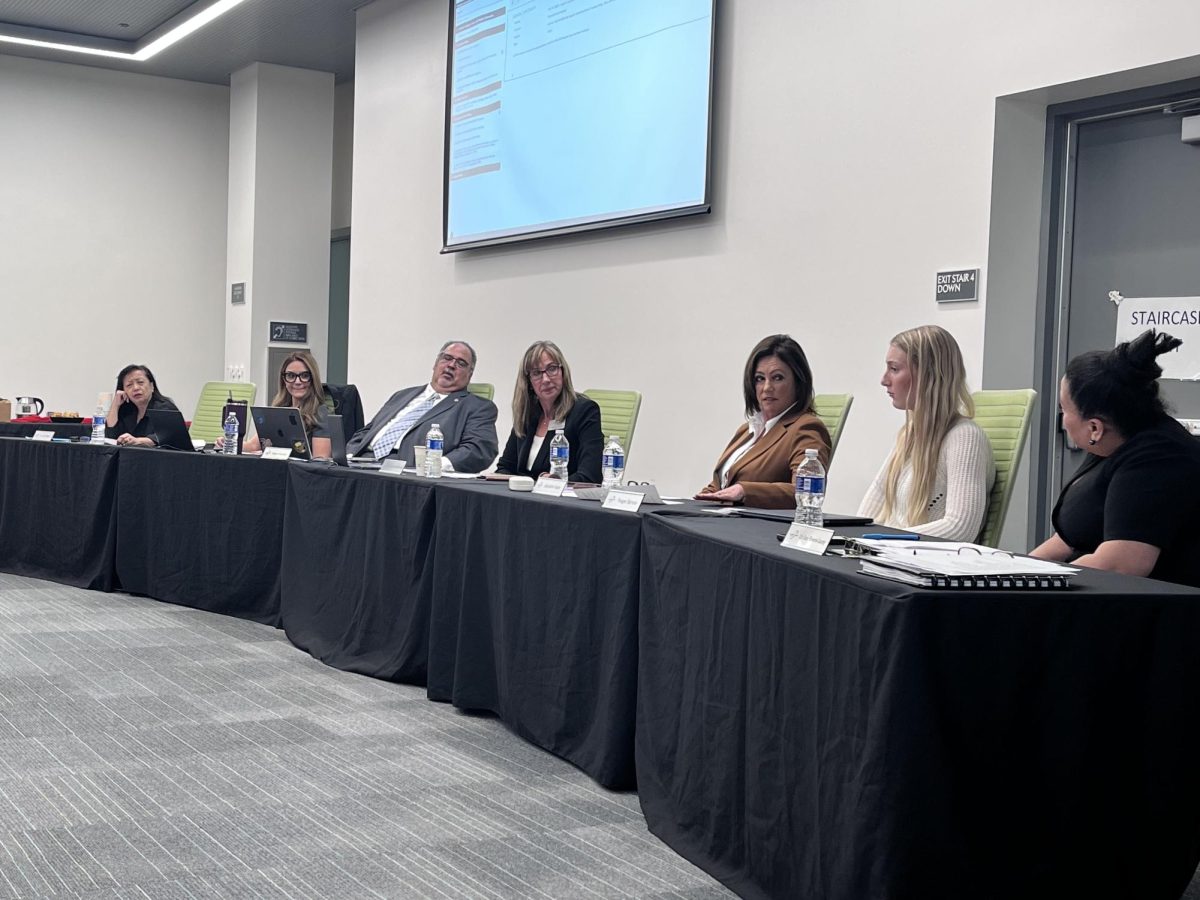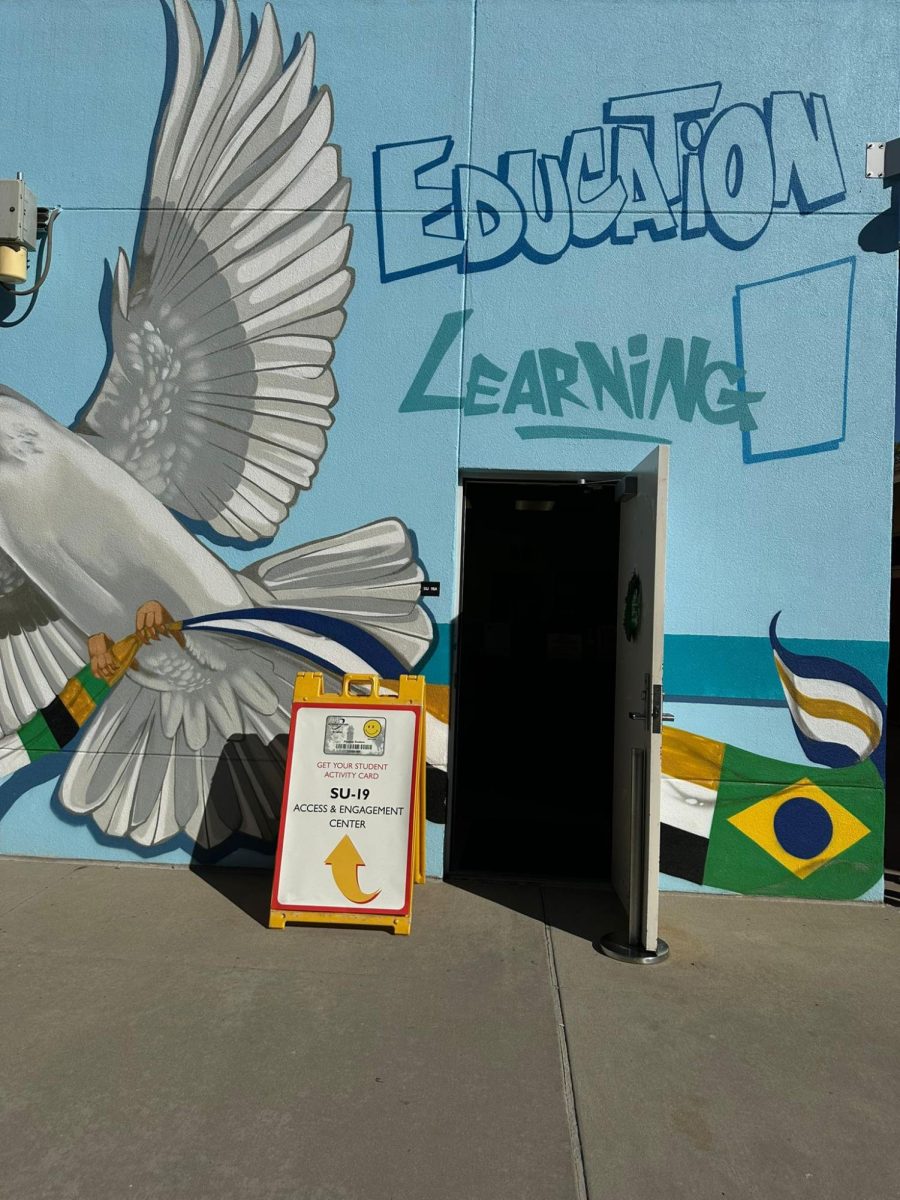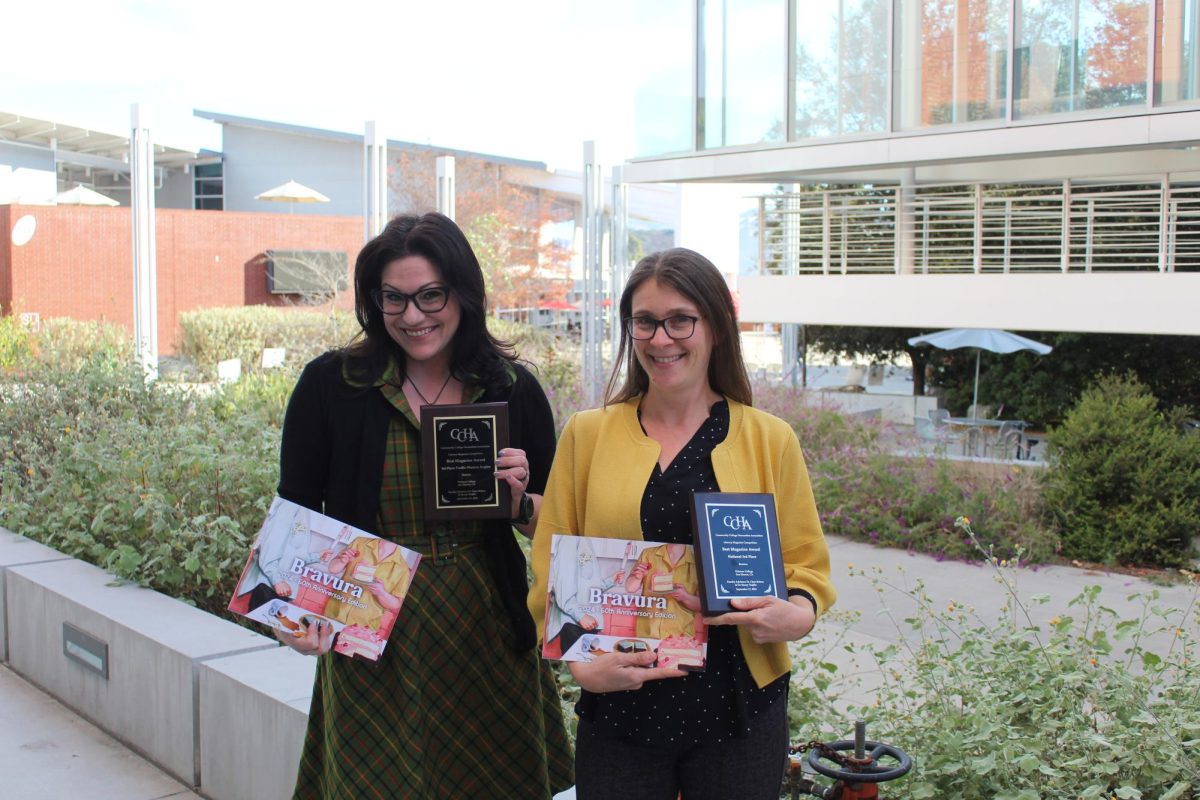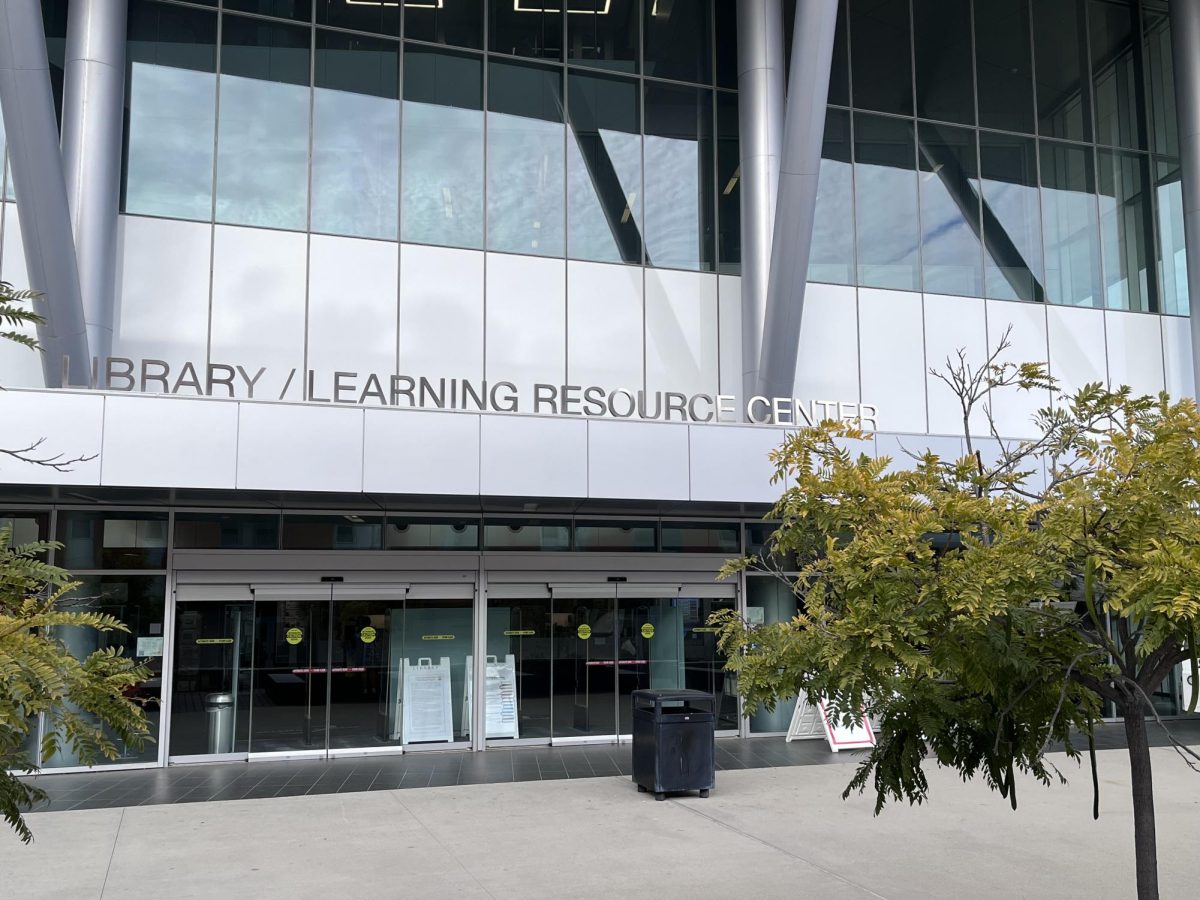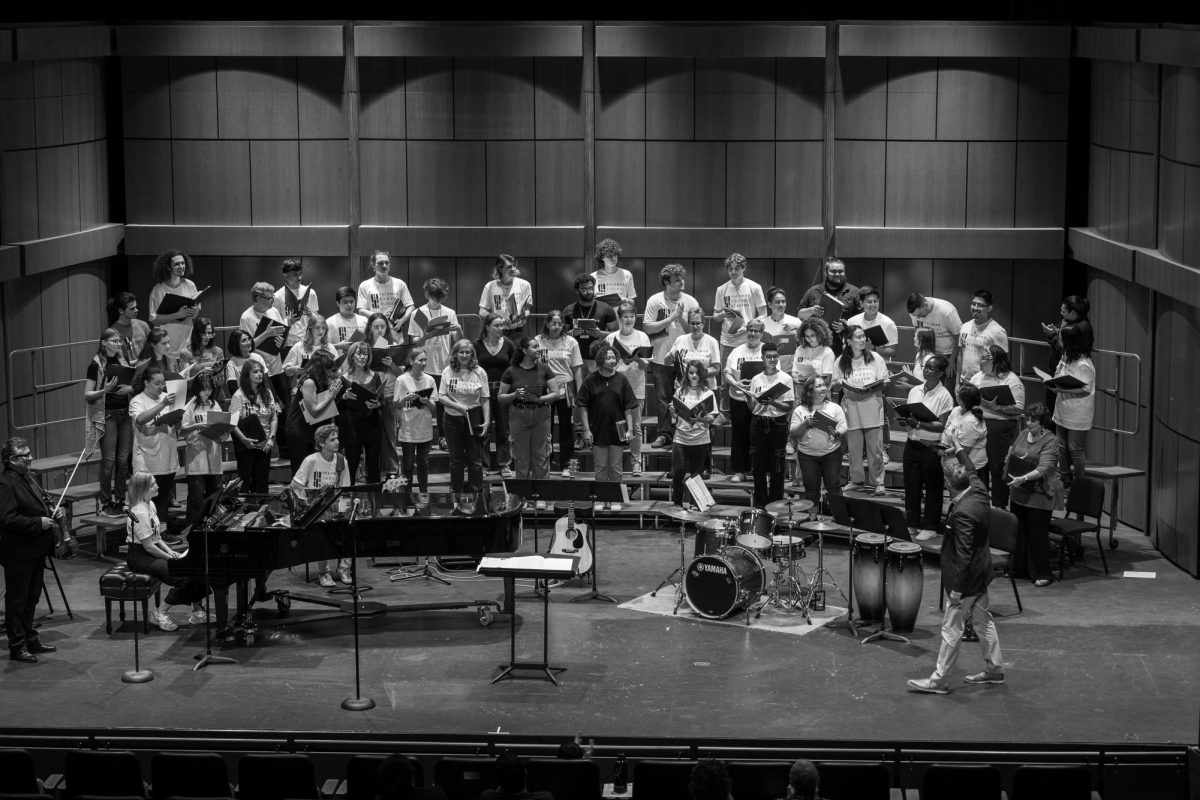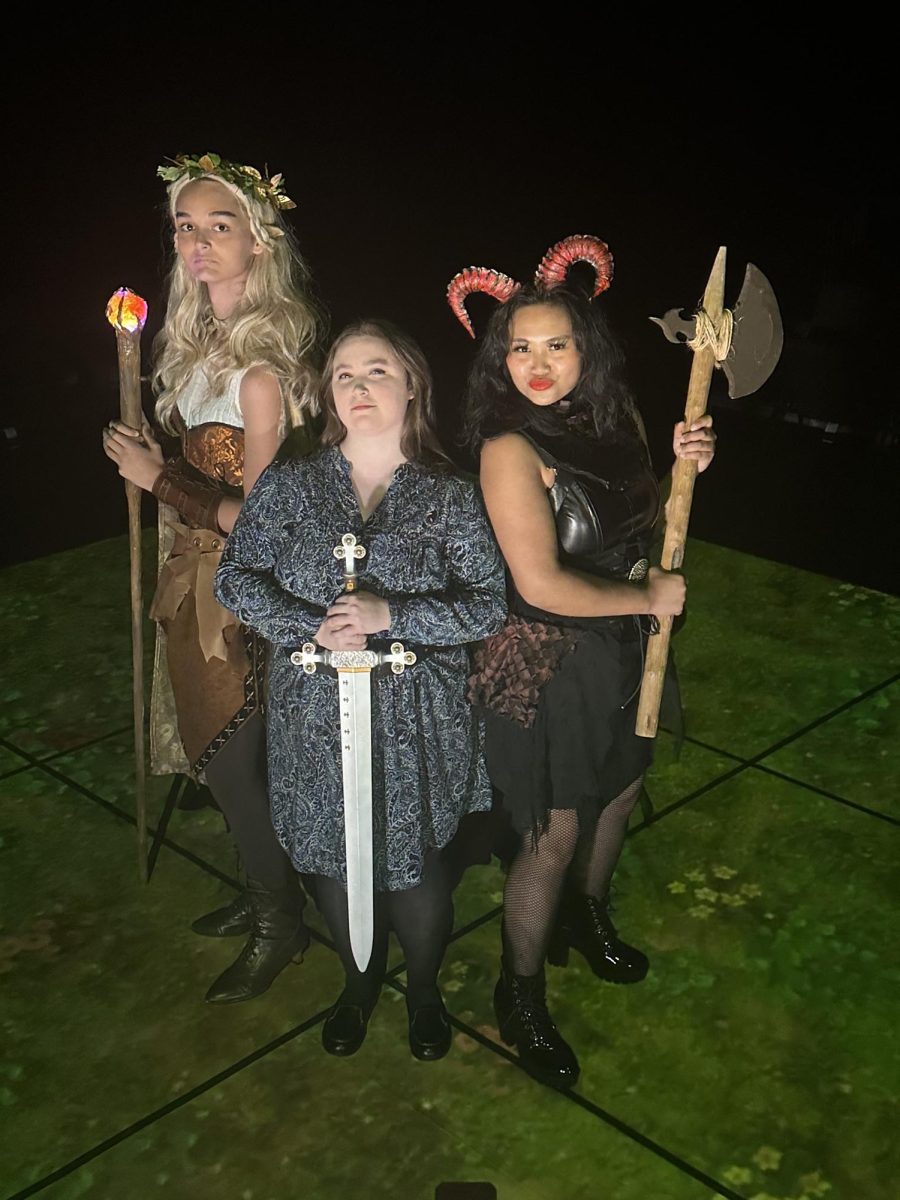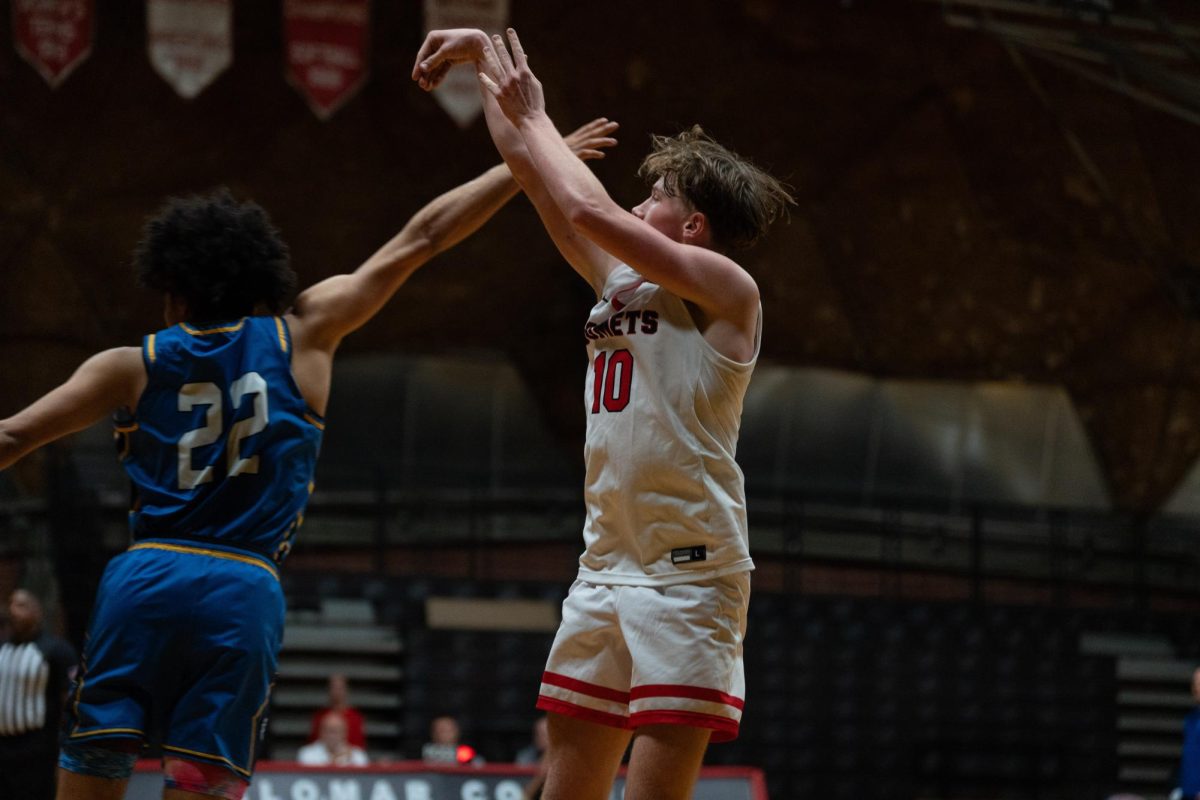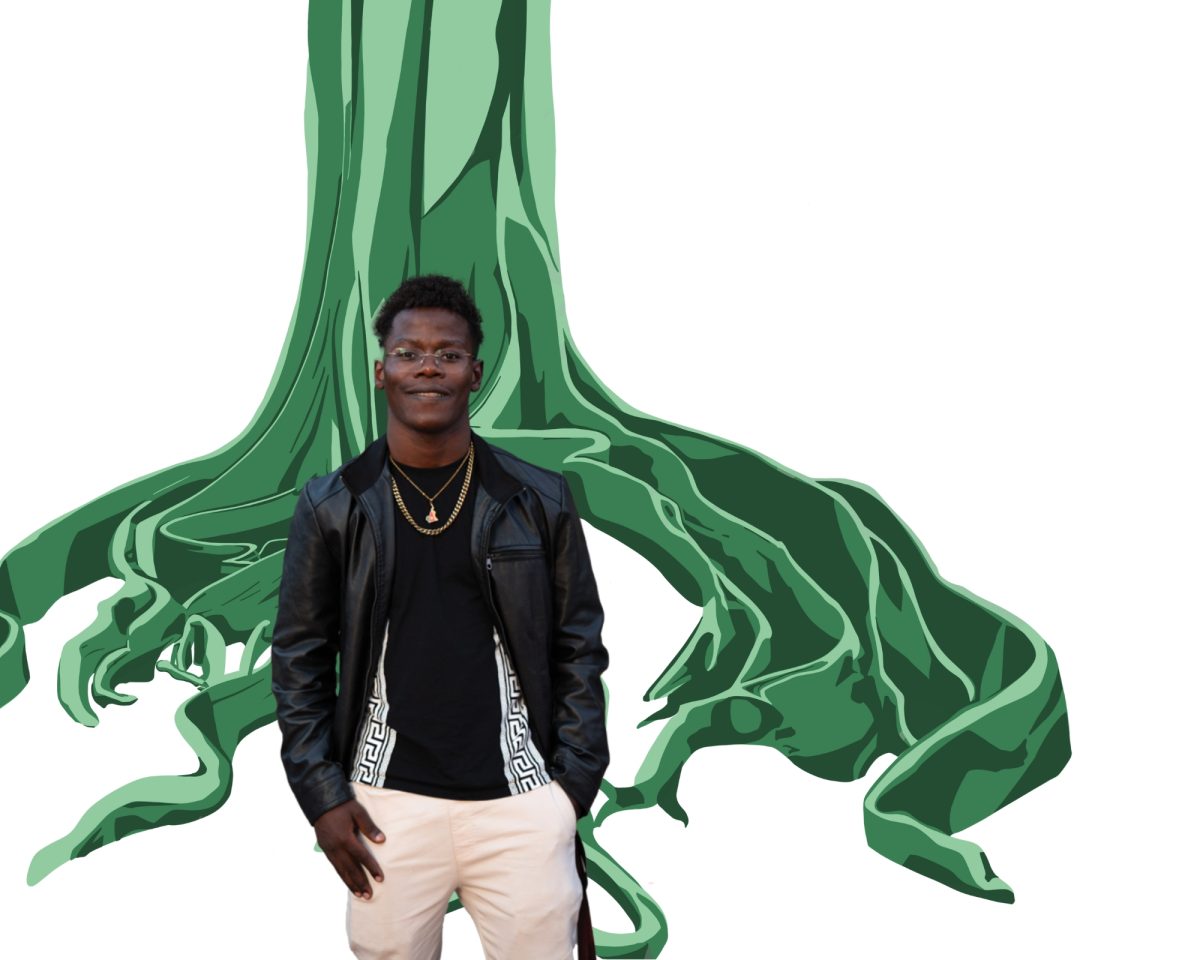The past doesn’t stay out of the present’s way, the future doesn’t patiently wait. The times come and go as they please.
Such are the thoughts many playgoers have walking away from J.B. Priestley’s “Time and the Conways,” directed by Rebecca Taichman. Plays come and go at the Old Globe, but “Conways,” rarely revived in the United States, imposes its own unique rhythm on the stage.
Cryptic as it may be, Priestley’s superb script, along with top-form acting and Taichman’s careful direction, make “Conways” something certainly refreshing, and worth attending.
The play is really a sequence of three long, dialogue-driven scenes, though not arranged in succession, at the Conway’s Newlingham residence where the family’s fortunes ebb and flow between 1919 and 1937.
Act one opens with drinks, banter, and a game of charades (a game which acts as an extended metaphor that demands literary commentary) as the six Conway siblings and their mother, the cruel and myopic Mrs. Conway (Kim Martin-Cotten), reunite to celebrate Kay’s 21st birthday (Amanda Quaid).
Mrs. Conway’s favorite son Robin (Lee Aaron Rosen) is back from the war, Kay is working on a novel, quarrelsome Madge (Morgan Hallett) has grand plans to change England’s political landscape and sweet Carol (Leanne Agmon) has equally grand expectations for her family.
Fast forward in act two and those plans are cut short. It is 18 years later and the setting largely remains the same. The Conways are having another reunion, but under more somber circumstances.
Gerald Thornton (Leo Marks) goes from family friend to solicitor. Both the lurid Hazel (Rose Hemingway) and bubbly Joan (Sarah Manton) are now feeble silhouettes of their former selves. The air breathed by Kay and Madge is tainted; the family is bankrupt. Those who are married are miserable, those who are single are utterly alone.
The Conways ruminate on their mistakes; although time seems to have treated the serpentine Ernest Beevers (Max Gordon Moore) with some clemency.
Kay is disillusioned by the effect time has had on her family, but the stammering, prophetic Alan (Jonathan Fielding) remains disinterested, and muses to Kay. Everything changes when he reveals his world-view to his troubled sister.
Neil Patel’s transforming set andScott Zielinski’s lighting make the transitions back and forth in time visually exquisite. The endlessly suggestive shift from act one to act two is not only breathtaking, it sets the mood for what’s to come in the final minutes. The play’s final image, to put it mildly, is something truly memorable.
Priestley was less concerned with mere action than he was with theatrical development of a subtler kind. Consequently the play, especially early on, relies heavily on a balance of humor and tightfitting discourse to keep the audience interested. Taichman grabs the audience with the way she orchestrates the plot but fails to shed Mrs. Conway of her playful side as she grows more choleric.
We still love to hate Mrs. Conway however, thanks to Martin-Cotten’s powerful stage presence. Fielding’s soft-spoken Alan impresses us with his speculative, often poetic discourse. Quaid’s Kay moves us with her sincerity.
The bold and erudite production takes some mental agility to get through, but it is undeniably attractive to those who want to sit in on Priestley’s esoteric discussion on time, history, literature, and family dynamics. You’ll find that it stays with you long after you’ve gone.
“Time and the Conways,” Old Globe, 1363 Old Globe Way, San Diego. 7 p.m. Tuesdays and Wednesdays, 8 p.m. Thursdays and Fridays, 2 and 8 p.m. Saturdays, 2 and 7 p.m. Sundays. Also, 2 p.m. April 23. $29 and up. (619) 234-5623 or www.TheOldGlobe.org. Running time: 2 hours, 25 minutes.

